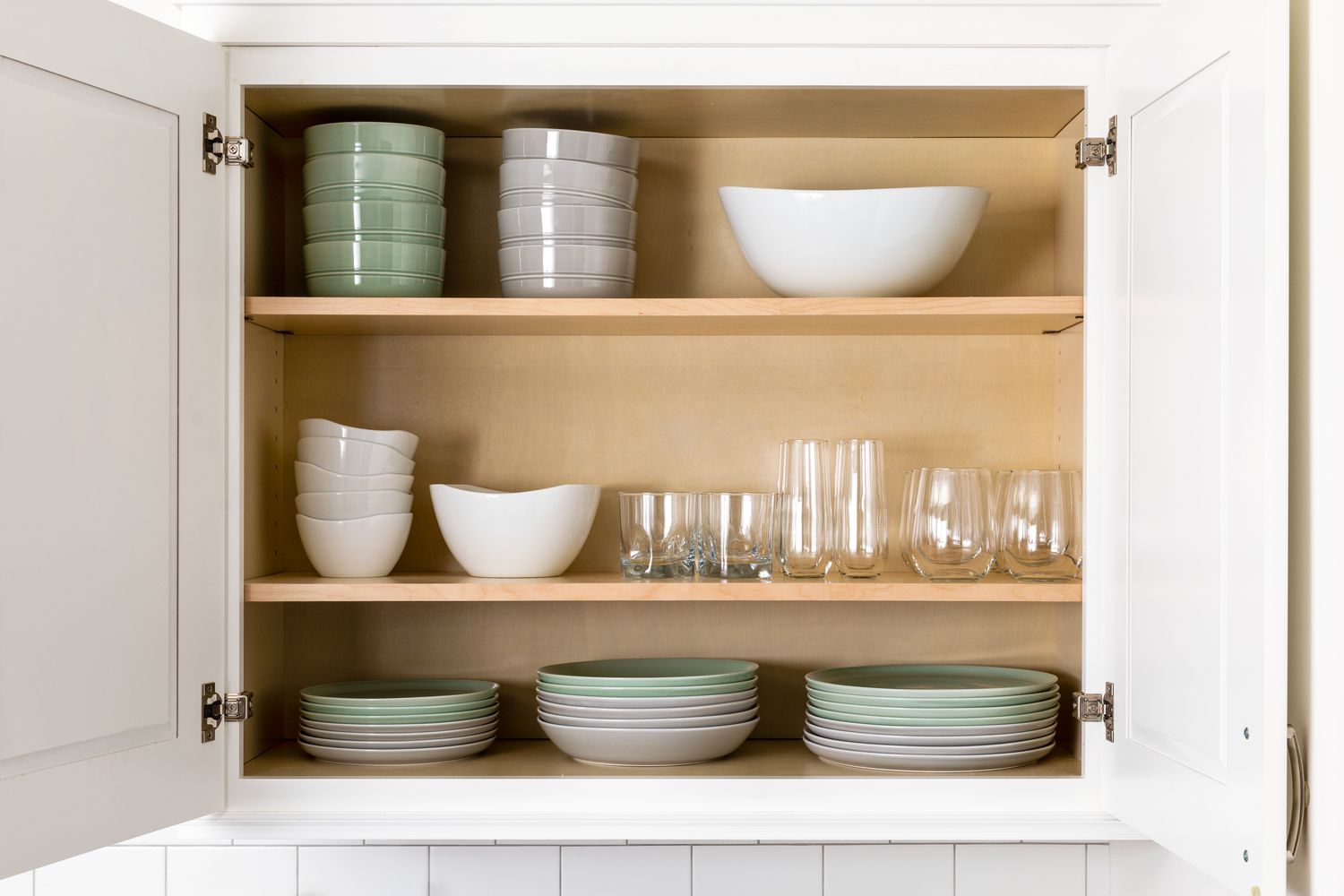

Articles
How To Store Dishes In Cabinets
Modified: May 6, 2024
Learn effective techniques for storing dishes in cabinets with these helpful articles. Organize your kitchen and maximize your storage space with expert tips and advice.
(Many of the links in this article redirect to a specific reviewed product. Your purchase of these products through affiliate links helps to generate commission for Storables.com, at no extra cost. Learn more)
Introduction
Having a well-organized kitchen is essential for a smooth and efficient cooking experience. One area that can easily become cluttered and chaotic is the cabinet where you store your dishes. From plates and bowls to glasses and cups, finding the right storage solutions and implementing an effective organizational system can make a world of difference.
In this article, we will provide you with useful tips and strategies for storing your dishes in cabinets. We will guide you through the process of organizing your dishes, cleaning and preparing your cabinets, selecting the right storage solutions, and maximizing the available space. By following these guidelines, you will be able to maintain a neat and tidy cabinet, making it easy to find and access your dishes whenever you need them.
So, let’s dive in and discover how to store your dishes in cabinets in the most efficient and organized way possible.
Key Takeaways:
- Efficiently store dishes in cabinets by categorizing, stacking, and utilizing vertical space. Invest in the right storage solutions and maintain a clutter-free cabinet for easy access and an organized kitchen.
- Maximize cabinet space by organizing and storing dishes, glasses, serveware, and utensils effectively. Regular decluttering, proper storage solutions, and utilizing vertical and drawer space are key to maintaining a neat and tidy kitchen.
Read more: How To Store Dishes Without Cabinets
Organizing Your Dishes
When it comes to organizing your dishes, it’s important to have a system in place that makes it easy to find and retrieve the items you need. Here are some tips to help you organize your dishes effectively:
- Categorize by type: Start by grouping similar items together. For example, keep all your plates together, separate from the bowls, glasses, and cups. This will make it easier to locate specific items when you need them.
- Stack or nest: If you have limited cabinet space, consider stacking plates or nesting bowls to save room. Make sure to place a soft liner or plate protector between delicate or fragile items to prevent scratches.
- Arrange by frequency of use: Place frequently used dishes at eye level or in a more accessible location. Reserve the higher or lower shelves for items that are used less frequently.
- Consider plate stands: Plate stands are a great way to maximize vertical space in cabinets. They allow you to stack plates vertically, making it easier to see and access each plate without having to remove the entire stack.
- Use drawer dividers: If you have deep drawers in your cabinets, consider using drawer dividers to organize and separate your dishes. This can be especially useful for storing items like serving plates and platters.
- Label or color-code: Consider labeling your shelves or using a color-coding system to further streamline your dish organization. This will help you and others in your household easily identify where each item belongs.
By implementing these organizing techniques, you can ensure that your dishes are stored in an efficient and easily accessible manner. This will not only save you time and effort but also help to maintain a clutter-free cabinet.
Cleaning and Preparing Your Cabinets
Before you start storing your dishes in the cabinets, it’s important to ensure that the cabinets are clean and prepared for the task. Here are some steps to follow:
- Empty the cabinets: Remove all dishes and items from the cabinets. This will give you a clear space to clean and organize.
- Declutter: Take this opportunity to declutter your cabinets. Get rid of any dishes or items that are broken, chipped, or no longer needed. Donate or discard these items as necessary.
- Clean the cabinets: Wipe down the inside of the cabinets with a damp cloth or sponge. Use a mild cleaning solution or a mixture of water and dish soap to remove any dirt or grime. Be sure to clean the shelves, corners, and hinges as well.
- Dry thoroughly: After cleaning, make sure to dry the cabinets thoroughly to prevent moisture buildup. You can use a clean cloth or towel to pat dry.
- Consider shelf liners: To protect the shelves and make cleaning easier in the future, you may want to consider using shelf liners. These can be cut to fit and placed on the shelves to provide a protective barrier.
- Adjust shelf height: If possible, adjust the shelves in your cabinets to accommodate the height of your dishes. This will make it easier to stack and store them without wasting any vertical space.
- Inspect for any issues: While cleaning, take the opportunity to inspect your cabinets for any signs of damage, such as warped shelves or loose hinges. Address any issues as needed before proceeding with storing your dishes.
By thoroughly cleaning and preparing your cabinets, you are creating a clean and suitable environment for your dishes. This will help to maintain the cleanliness and organization of your cabinets in the long run.
Selecting the Right Storage Solutions
Choosing the right storage solutions for your dishes is crucial for maximizing space and keeping everything organized. Here are some factors to consider when selecting storage solutions:
- Cabinet size and layout: Assess the size and layout of your cabinets to determine the type and quantity of storage solutions you will need. Consider the height, width, and depth of the cabinets to ensure a proper fit.
- Stackable organizers: Stackable organizers are a great option for maximizing vertical space. Look for dish stacking shelves or adjustable shelf dividers that can be placed on top of each other to create additional storage levels.
- Drawer inserts: If you have deep drawers in your cabinets, consider using drawer inserts or dividers to organize your dishes. This is especially useful for storing smaller items like bowls and cups.
- Plate racks: Plate racks are specially designed to hold plates vertically, making them easy to access. These racks can be placed in cabinets or on countertops to keep plates neatly stacked and visible.
- Glassware organizers: Glassware organizers, such as stemware racks or hanging shelves, are ideal for storing glasses and cups. These organizers help to protect delicate glassware and keep them easily accessible.
- Utensil trays and holders: Utensil trays and holders are essential for keeping your cutlery and utensils organized. Look for expandable trays or compartments to accommodate different sizes and types of utensils.
- Pot and pan organizers: If you have a separate cabinet for your cookware and bakeware, consider using pot and pan organizers. These racks or dividers can help you store these larger items in a neat and organized manner.
- Lid organizers: Don’t forget about storing lids for your pots and pans. Lid organizers or racks can keep these lids upright and easily accessible, preventing them from cluttering your cabinets.
When selecting storage solutions, it’s important to consider your specific needs and the types of dishes you have. Remember to measure your cabinets and consider the available space before purchasing any organizers to ensure a proper fit.
By choosing the right storage solutions, you can optimize the space in your cabinets and keep your dishes well-organized and accessible.
Storing Plates and Bowls
Plates and bowls are essential items in any kitchen, and storing them properly is important to keep them organized and easily accessible. Here are some tips for storing plates and bowls in your cabinets:
- Stacking technique: To save space, stack your plates and bowls. Start by placing a soft liner, like a felt protector or paper towel, between each plate or bowl to prevent scratches or damage.
- Size-based stacking: Stack plates and bowls of the same size together to maintain stability and prevent any sliding or tumbling. Place larger plates at the bottom and smaller plates on top.
- Vertical plate storage: Consider using plate stands or plate racks to store plates vertically. This makes it easier to access individual plates without having to remove the entire stack.
- Separate delicate items: If you have delicate or fragile plates or bowls, consider storing them separately or using plate protectors to prevent breakage. You can also place them on higher shelves to minimize the risk of accidental damage.
- Bowl nesting: Nesting bowls with similar shapes or sizes can save space in your cabinets. Place the larger bowl at the bottom and stack smaller bowls inside one another, with a soft padding between each bowl.
- Grouping by type: Group plates and bowls together by type or purpose. For example, you can keep everyday dishes separate from special occasion plates or group bowls by their designated use.
- Avoid overloading: Be mindful not to overload your plate and bowl stacks, as this can lead to instability and potential damage. If you have a large number of dishes, consider investing in additional storage solutions to accommodate them.
By implementing these storage techniques, you can keep your plates and bowls organized and easily accessible in your cabinets. It will also help to prevent damage and make it more convenient to retrieve the specific dish you need for your meals.
Read more: How To Display Dishes In A China Cabinet
Storing Glasses and Cups
Glasses and cups are everyday essentials in any kitchen, and organizing them properly is key to ensure they remain in good condition and easy to access. Here are some tips for storing glasses and cups in your cabinets:
- Separate by type: Group glasses and cups together by type. Separate drinking glasses from coffee cups and tea cups to keep them organized.
- Stacking or nesting: Depending on the available space in your cabinets, you can stack glasses or nest them together to save room. Place a soft liner between each glass to prevent scratches.
- Glassware organizer: Consider using a glassware organizer, such as a stemware rack or hanging shelf, to store glasses. These organizers keep glasses safely suspended and easily accessible.
- Cup hooks: For cups with handles, installing cup hooks on the underside of the cabinet shelves can be a practical solution. Hang the cups by their handles to free up shelf space.
- Adjustable shelf height: If your cabinet shelves are adjustable, consider setting them at a height that accommodates the height of your glasses and cups. This will prevent any potential tipping or damage when retrieving them.
- Declutter excess: Take this opportunity to declutter your glassware. Discard any chipped or damaged glasses and cups, or donate any that are no longer needed.
- Mugs and teacups: If you have a collection of mugs and teacups, dedicate a specific area or shelf for them. You can stack mugs or use hooks to hang them by their handles.
- Group by frequency of use: Keep glasses and cups that are used more frequently at eye level or in a more accessible location. Reserve higher or lower shelves for items that are used less often.
By following these tips, you can keep your glasses and cups organized and easily accessible. This will not only save you time when reaching for a drink but also maintain the condition of your glassware for a longer period.
Storing Mugs and Teacups
Mugs and teacups are beloved items in any kitchen, perfect for enjoying a cozy drink. To keep your mugs and teacups organized and easily accessible, consider the following tips for storing them:
- Group by type: Separate mugs and teacups by type or purpose. Consider grouping them by material, design, or size.
- Stacking technique: If you have limited cabinet space, stack mugs of similar size or shape. Use a soft liner or a small piece of felt between each mug to prevent them from scratching or chipping.
- Hanging mugs: Utilize hooks or a mug rack to hang your mugs if you have sufficient vertical space in your cabinets. This frees up shelf space and makes it easy to grab your favorite mug.
- Divided organizer: Consider using a divided organizer designed specifically for mugs. These organizers typically have individual compartments to keep each mug separate and prevent them from knocking into each other.
- Stackable mug tree: Another option is a stackable mug tree, which allows you to store mugs vertically, one on top of the other. This is a great space-saving solution if you have a large collection of mugs.
- Display shelves: If you have a beautiful collection of teacups or mugs that you want to showcase, consider installing display shelves on your kitchen wall. This not only provides easy access but also adds a decorative touch to your space.
- Separate delicate items: If you have delicate or antique teacups that require extra care, consider storing them separately in a glass cabinet or protected display case.
- Cup hooks: For mugs with handles, installing cup hooks underneath your cabinet shelves is a practical solution. Hang the mugs by their handles to create additional space on your shelves.
By implementing these storage techniques, you can keep your mugs and teacups well-organized, easily accessible, and protected from damage. No matter what type of drink you prefer, having your favorite mug or teacup within reach will make every sip even more enjoyable.
Use plate racks or dividers to keep dishes organized and prevent them from sliding around. Stack plates and bowls by size to maximize space and prevent breakage.
Storing Serveware and Platters
Serveware and platters are essential for serving meals and entertaining guests. Storing them properly is important to keep them organized and in good condition. Here are some tips for storing serveware and platters in your cabinets:
- Group by type: Categorize your serveware and platters by type, such as serving bowls, trays, or platters. Grouping them together will make it easier to locate specific items when needed.
- Stacking technique: If you have platters or items that can be stacked, place a soft liner between each piece to prevent scratches. Stack them from largest to smallest, with the largest at the bottom.
- Vertical storage: Utilize plate stands or adjustable organizers to store platters vertically. This not only saves space but also makes it easier to access each piece without removing the entire stack.
- Dividers or racks: Consider using dividers or racks designed specifically for serveware. These can be placed in your cabinets or drawers to separate and organize different types of items.
- Dedicated shelf or drawer: If you have a large collection of serveware and platters, consider dedicating a specific shelf or drawer to accommodate them. This will make it easier to locate and access the items you need.
- Protective padding: Use felt pads or soft cloth to protect delicate or fragile serveware and platters. This will prevent them from getting scratched or damaged during storage.
- Consider wall-mounted options: If you have limited cabinet space, consider installing wall-mounted shelves or hooks to hang your serveware and platters. This not only creates additional storage but also adds a decorative element to your kitchen.
- Label or categorize: Consider labeling your shelves or using dividers to categorize your serveware and platters. This makes it easier to find specific items and ensures that everything stays well-organized.
By following these tips, you can keep your serveware and platters well-organized, easily accessible, and protected from damage. Whether you’re hosting a dinner party or simply serving a family meal, having your serveware and platters neatly stored will make mealtime more efficient and enjoyable.
Storing Utensils and Cutlery
Utensils and cutlery are essential tools in any kitchen, and keeping them organized will make meal preparation and dining much more efficient. Here are some tips for storing utensils and cutlery in your cabinets:
- Drawer organizers: Utilize drawer organizers specifically designed for utensils and cutlery. These organizers usually have separate compartments to keep each type of utensil or cutlery item neatly separated.
- Sort by type: Separate your utensils and cutlery by type. Group forks together, spoons together, and knives together. This will make it easier to find the specific utensil or cutlery item you need.
- Knife blocks: Consider using a knife block or magnetic knife strip to store your knives safely. This not only protects the blades but also keeps them easily accessible.
- Measuring spoons and cups: For measuring utensils, keep them together in a separate container or divider. This helps to prevent them from getting mixed up with other utensils and makes them easy to locate.
- Hooks or racks: Install hooks or racks on the inside of cabinet doors to hang your utensils. This is a great space-saving solution, especially for large utensils like ladles and tongs.
- Divided containers: If you prefer to keep your utensils on the countertop, use divided containers to keep them organized. Choose a container that has separate sections for each type of utensil.
- Separate delicate items: If you have delicate or heirloom cutlery, consider storing them separately in a lined box or cloth wrap to prevent scratches and maintain their condition.
- Label or categorize: Labeling your utensil drawers or categorizing them with dividers can help everyone in your household find and return the right utensils to their proper place.
By following these tips, you can keep your utensils and cutlery well-organized, easily accessible, and in good condition. This will make your meal preparation process more efficient and enjoyable, ensuring that you always have the right tool for the job at hand.
Read more: How To Organize Dishes In Kitchen Cabinets
Storing Cookware and Bakeware
Cookware and bakeware are essential items in any kitchen, but they can take up a significant amount of space. Properly organizing and storing them will make it easier for you to access the right pots, pans, and baking sheets when needed. Here are some tips for storing cookware and bakeware:
- Stacking or nesting: If your pots and pans are stackable or nestable, take advantage of this feature to save space in your cabinets. Place a soft liner between each piece to prevent scratches.
- Lid organization: Storing lids separately can help keep your cabinets neat and tidy. Use a lid organizer or attach hooks to the inside of cabinet doors to hang the lids.
- Dividers or racks: Consider using dividers or racks specifically designed for cookware and bakeware storage. These can be placed in your cabinets or drawers to keep items separated and easily accessible.
- Hang pots and pans: If you have limited cabinet space, hanging your pots and pans can be a space-saving option. Install a pot rack or use adjustable hooks to hang them from the ceiling or mounted on a wall.
- Utilize vertical space: Make use of vertical space in your cabinets by installing wire organizers or adjustable shelves. This allows you to stack pots, pans, and baking sheets vertically, maximizing storage capacity.
- Invest in a stacking system: Consider a stacking system where pans can be stored on top of one another with removable dividers. This helps to prevent scratches and allows for easy access to each individual piece.
- Safely store bakeware: Store baking sheets, muffin tins, and baking pans vertically or on their sides. Use dividers or racks to keep them organized and prevent them from sliding or scratching.
- Protect delicate items: If you have delicate or non-stick cookware, consider using protective pads or cloth between the items to prevent scratches or damage.
- Label or categorize: Labeling your cabinets or using dividers to categorize your cookware and bakeware can help you easily locate the specific item you need.
By implementing these storage techniques, you can keep your cookware and bakeware organized, easily accessible, and well-maintained. This will not only save you time and effort but also prolong the lifespan of your kitchen essentials.
Maximizing Vertical Space
When it comes to organizing your kitchen cabinets, maximizing vertical space is a key strategy to optimize storage capacity. By effectively using the vertical space, you can create more room for your items and keep your cabinets organized. Here are some tips to help you maximize vertical space:
- Adjustable shelving: If your cabinets have adjustable shelves, take advantage of this feature. Rearrange the shelves to accommodate the height of your items, allowing you to stack them vertically and make the most of the available space.
- Plate stands: Use plate stands to stack plates and make efficient use of vertical space. These stands allow you to place plates vertically, reducing the overall footprint while keeping them easily accessible.
- Basket or bin organizers: Utilize baskets or bins to create additional tiers within your cabinets. Stack items vertically within these organizers to maximize space and keep things organized.
- Tiered shelf organizers: Invest in tiered shelf organizers for smaller items like spices, canned goods, or jars. These organizers create multiple levels of storage, effectively utilizing the vertical space.
- Wire or metal racks: Install wire or metal racks on the inside of cabinet doors to hang items like cutting boards, baking pans, or pot lids. This frees up valuable shelf space and maximizes vertical storage.
- Utilize undershelf space: Make use of the space underneath your cabinet shelves. Attach undershelf baskets or hooks to store items such as mugs, spices, or small tools.
- Pegboard system: Consider installing a pegboard system inside your cabinets to hang and organize items. Utilize hooks and hanging storage solutions to maximize vertical space for pots, pans, and utensils.
- Vertical dividers: Use vertical dividers to separate and organize items like baking sheets, cutting boards, or trays. This prevents them from leaning or tipping over, making it easier to access what you need.
- Hanging fruit or vegetable baskets: Hang fruit or vegetable baskets from the ceiling or hooks to save counter or shelf space. This vertical storage solution keeps produce easily accessible.
- Stackable containers: Invest in stackable containers or storage bins for items like spices, snacks, or small kitchen gadgets. This allows you to stack them vertically, taking advantage of the available space.
By implementing these strategies, you can maximize the vertical space in your cabinets and optimize storage capacity. This will not only help you better organize your kitchen essentials but also create a more functional and efficient cooking environment.
Utilizing Drawer Space
Drawers are valuable real estate in your kitchen, providing an opportunity to store and organize a wide range of items. By effectively utilizing drawer space, you can create a more functional and efficient kitchen. Here are some tips to help you make the most of your drawer space:
- Divide and conquer: Use drawer dividers or utensil trays to create separate compartments for different types of items. This prevents items from moving around and keeps everything neatly organized.
- Consider drawer inserts: Drawer inserts are specifically designed to fit into drawers and provide compartments for different items. They can be customized to your needs, whether for utensils, spices, or small gadgets.
- Vertical storage: Utilize vertical storage within drawers for items such as cutting boards or baking trays. Install dividers or use adjustable racks to keep these items upright and easily accessible.
- Stack pots and pans: If you have deep drawers, consider stacking pots and pans in them. Use soft liners or separator pads between each piece to prevent scratching and keep them organized.
- Store lids separately: Keep pot and pan lids organized by using lid dividers or installing hooks on the inside of drawer fronts. This frees up space and makes it easier to find the right lid.
- Use drawer organizers: Invest in drawer organizers specifically designed for different purposes, such as knife blocks, spice racks, or cutlery trays. These organizers provide designated spaces for specific items, keeping them easily accessible and organized.
- Arrange by frequency of use: Place frequently used items in the most accessible drawers, while reserving less frequently used items for deeper or higher drawers.
- Label or color-code: Label or color-code your drawers to indicate the contents. This makes it easy to locate specific items and helps maintain an organized system.
- Utilize drawer fronts: Consider using hooks or adhesive storage solutions on the inside of drawer fronts to hang frequently used tools or utensils. This creates additional storage space without taking up valuable drawer space.
- Adjust drawer heights: If possible, adjust the heights of your drawers to accommodate the items you need to store. This allows for efficient use of space and prevents wasted vertical space.
By implementing these tips, you can efficiently utilize drawer space, keeping your kitchen essentials organized and easily accessible. A well-organized drawer system will streamline your cooking and meal preparation processes, making your kitchen more functional and enjoyable to use.
Maintaining a Neat and Tidy Cabinet
Keeping your cabinets neat and tidy is essential for an organized and functional kitchen. With a few simple strategies, you can maintain a clutter-free cabinet space. Here are some tips to help you maintain a neat and tidy cabinet:
- Regular decluttering: Take the time to go through your cabinets on a regular basis and declutter any items that are no longer needed or used. This will free up valuable space and streamline your storage.
- Group similar items together: Keep items with similar purposes or categories together. Grouping similar items makes it easier to find what you need and prevents items from getting scattered throughout the cabinet.
- Utilize clear containers or bins: Use clear containers or bins to corral smaller items or loose objects. This keeps everything contained and allows you to see what’s inside without rummaging through the cabinet.
- Keep frequently used items within reach: Store frequently used items in easily accessible locations, such as at eye level or in the front of the cabinet. This saves time and minimizes the need to constantly rearrange items to find what you need.
- Store items by size: Arrange items in your cabinet by size, with larger items at the back and smaller items towards the front. This creates a visually organized and streamlined look.
- Optimize unused space: Make use of any unused space in your cabinets, such as the inside of cabinet doors or the vertical space. Install hooks or adhesive storage solutions to hang items or use stackable organizers to maximize the space.
- Wipe down cabinets regularly: Regularly wipe down the inside of your cabinets to keep them clean and free from dust or food particles. This prevents dirt from accumulating and maintains a fresh and hygienic environment for your dishes.
- Label shelves or use color-coding: Labeling shelves or using color-coded tags can help everyone in the household know where items belong. This encourages everyone to return items to their proper place, maintaining the organization.
- Invest in proper storage solutions: Consider investing in storage solutions such as drawer dividers, shelf organizers, or stacking systems that are tailored to your specific needs. These solutions can help maximize space and keep items in place.
- Take time for reorganization: Set aside time periodically to reorganize your cabinets. As your needs change, reassess how you are storing items and make adjustments to better suit your current lifestyle and cooking habits.
By implementing these tips, you can maintain a neat and tidy cabinet space in your kitchen. With everything in its designated place, you’ll be able to find what you need quickly and efficiently, making meal preparation and cooking a breeze.
Read more: How To Store Dishes
Conclusion
Organizing and storing your dishes in cabinets is crucial for maintaining an efficient and functional kitchen. By implementing the tips and strategies provided in this article, you can make the most of your cabinet space and keep your dishes easily accessible. From organizing your dishes by type and utilizing the right storage solutions to cleaning and preparing your cabinets, each step contributes to a well-organized and clutter-free space.
Remember to categorize your dishes, stack or nest them appropriately, and consider using plate stands or drawer dividers to maximize vertical and drawer space. Invest in the right storage solutions, such as plate racks, glassware organizers, and utensil trays, to keep your items organized and protected. Consider using hooks, racks, or hanging systems to take advantage of unused space.
As you store plates, bowls, glasses, cups, serveware, platters, utensils, cutlery, cookware, and bakeware, categorize them and maintain a systematic arrangement. Label shelves or use color-coding to create an intuitive system for everyone in your household. Regularly declutter, wipe down your cabinets, and assess your storage needs to ensure optimal organization.
By following these guidelines and maintaining a neat and tidy cabinet, you’ll not only optimize your kitchen’s functionality but also enhance your overall cooking experience. Having well-organized cabinets allows for easy access to the items you need, saves time and effort, and creates a harmonious environment for meal preparation and entertaining.
So, put these tips into action and enjoy the benefits of a beautifully organized and efficient kitchen cabinet system. With everything in its place, you’ll be able to cook with ease and enjoy a clutter-free cooking space.
Now that you've mastered storing dishes in cabinets, why not refine your kitchen's layout and storage further? For more savvy advice, delve into tips from a top kitchen designer. For those looking to extend their organizational prowess beyond the kitchen, discover how the best fabric storage cubes can enhance your home. Also, don't miss our roundup of the best cabinet storage options for the upcoming year. Each article is packed with expert tips to help you maintain a tidy and efficient home.
Frequently Asked Questions about How To Store Dishes In Cabinets
Was this page helpful?
At Storables.com, we guarantee accurate and reliable information. Our content, validated by Expert Board Contributors, is crafted following stringent Editorial Policies. We're committed to providing you with well-researched, expert-backed insights for all your informational needs.
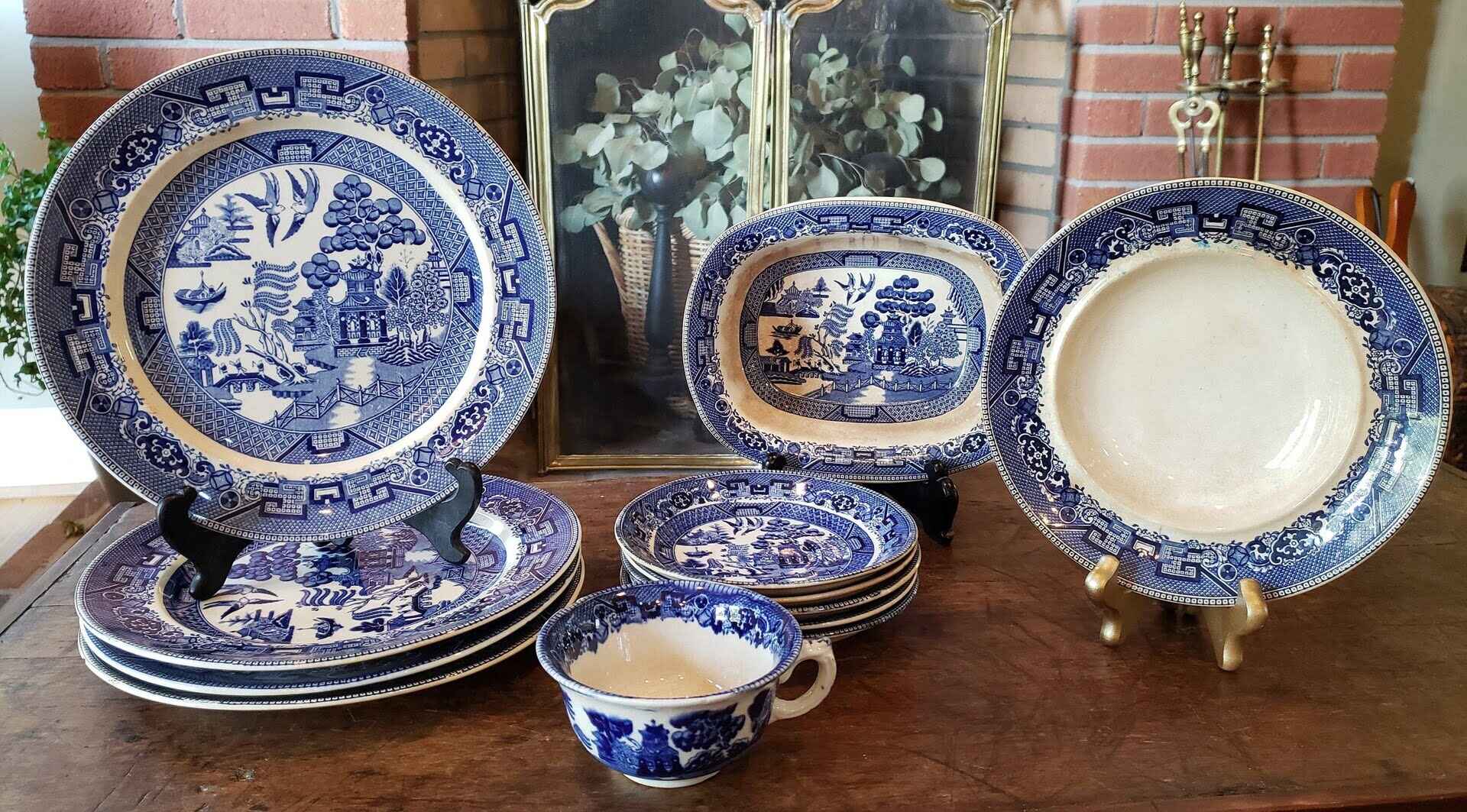
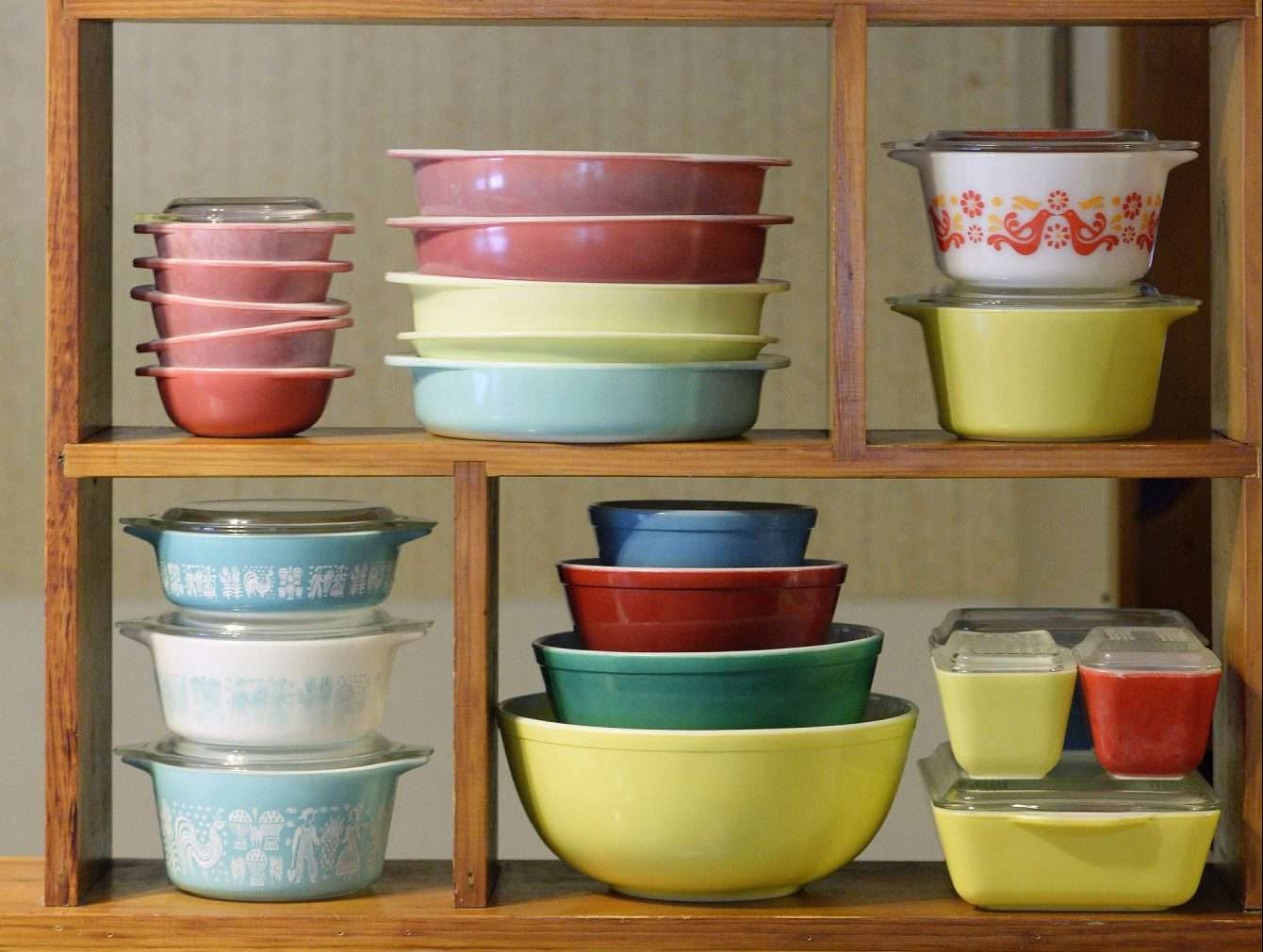
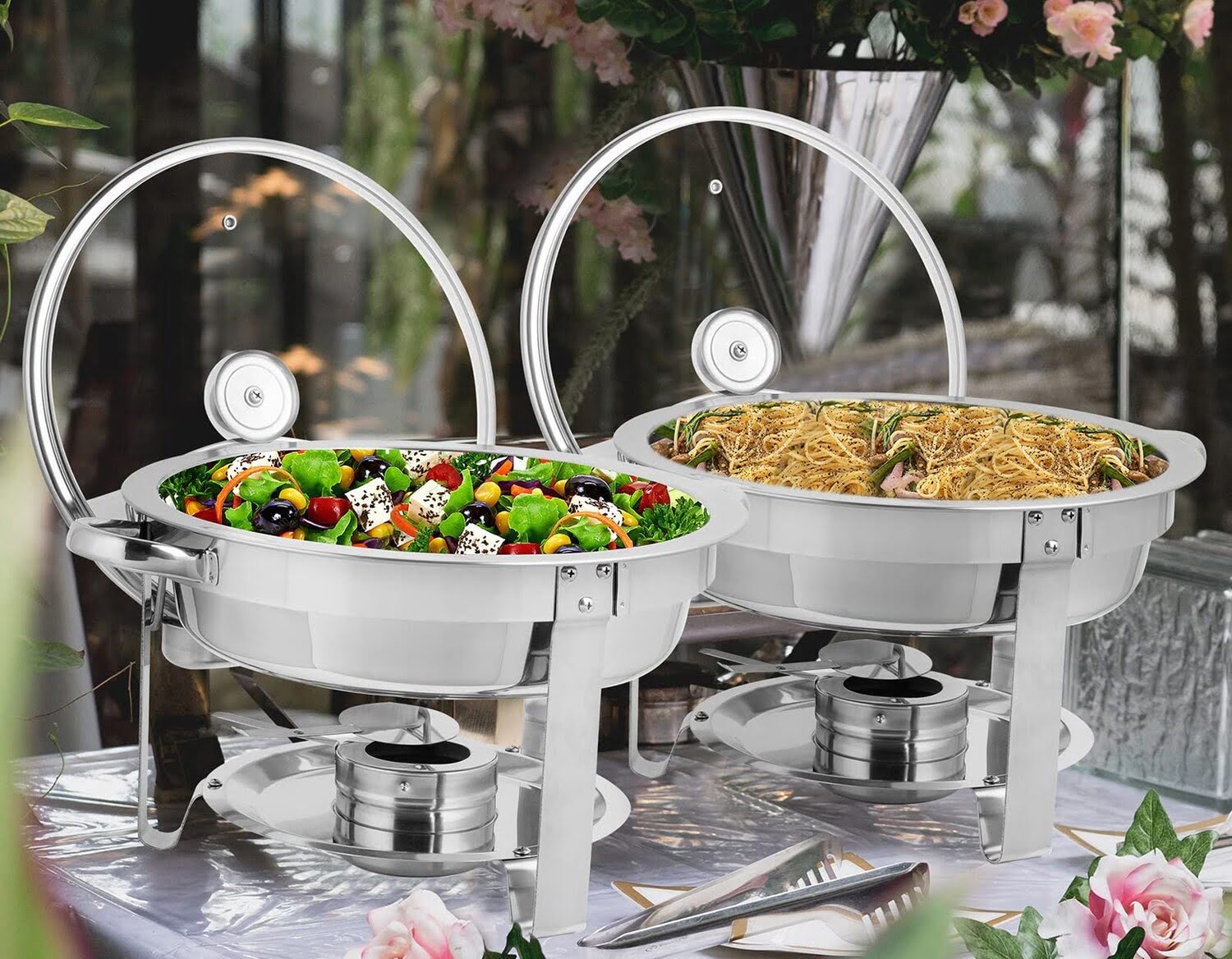
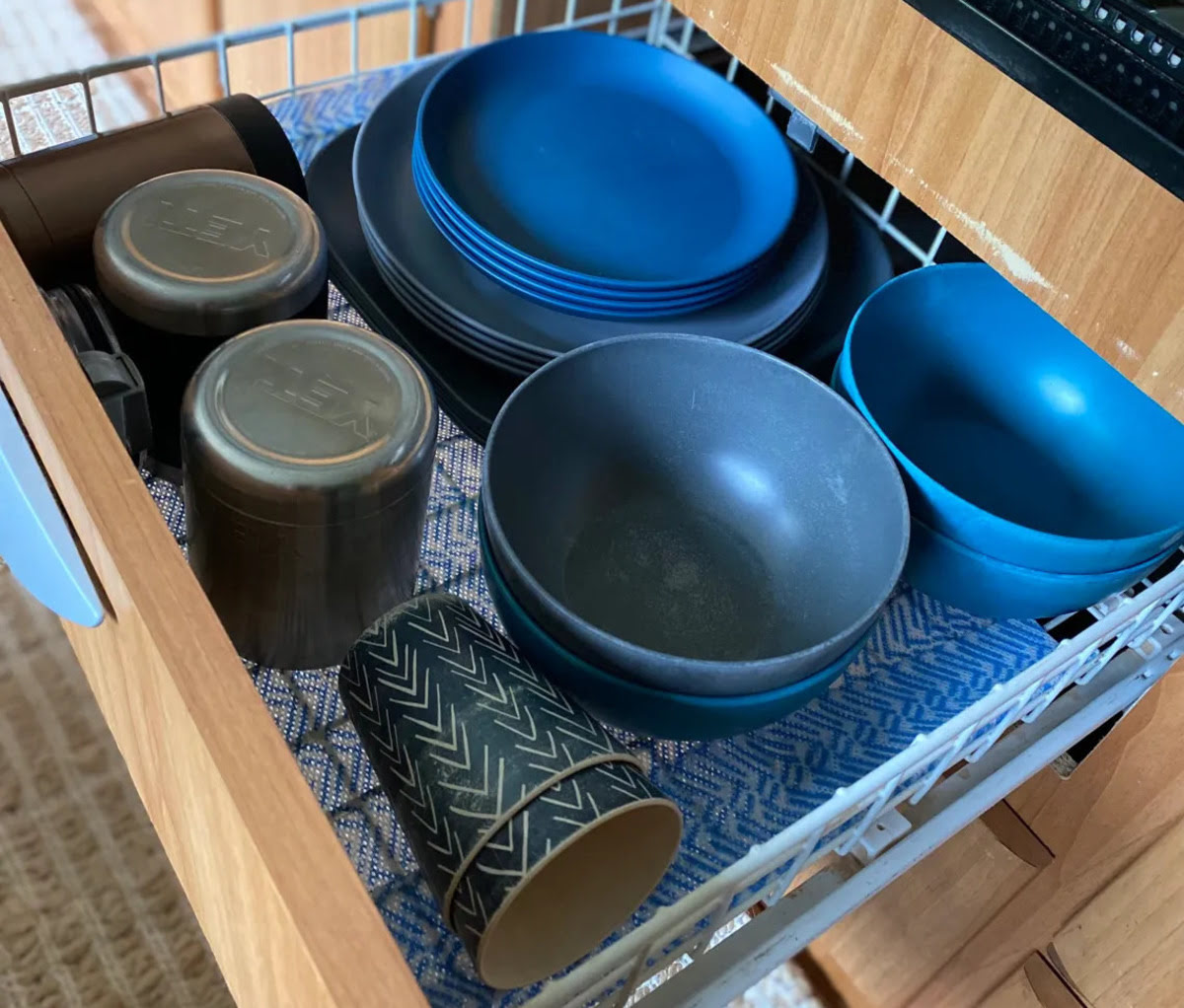
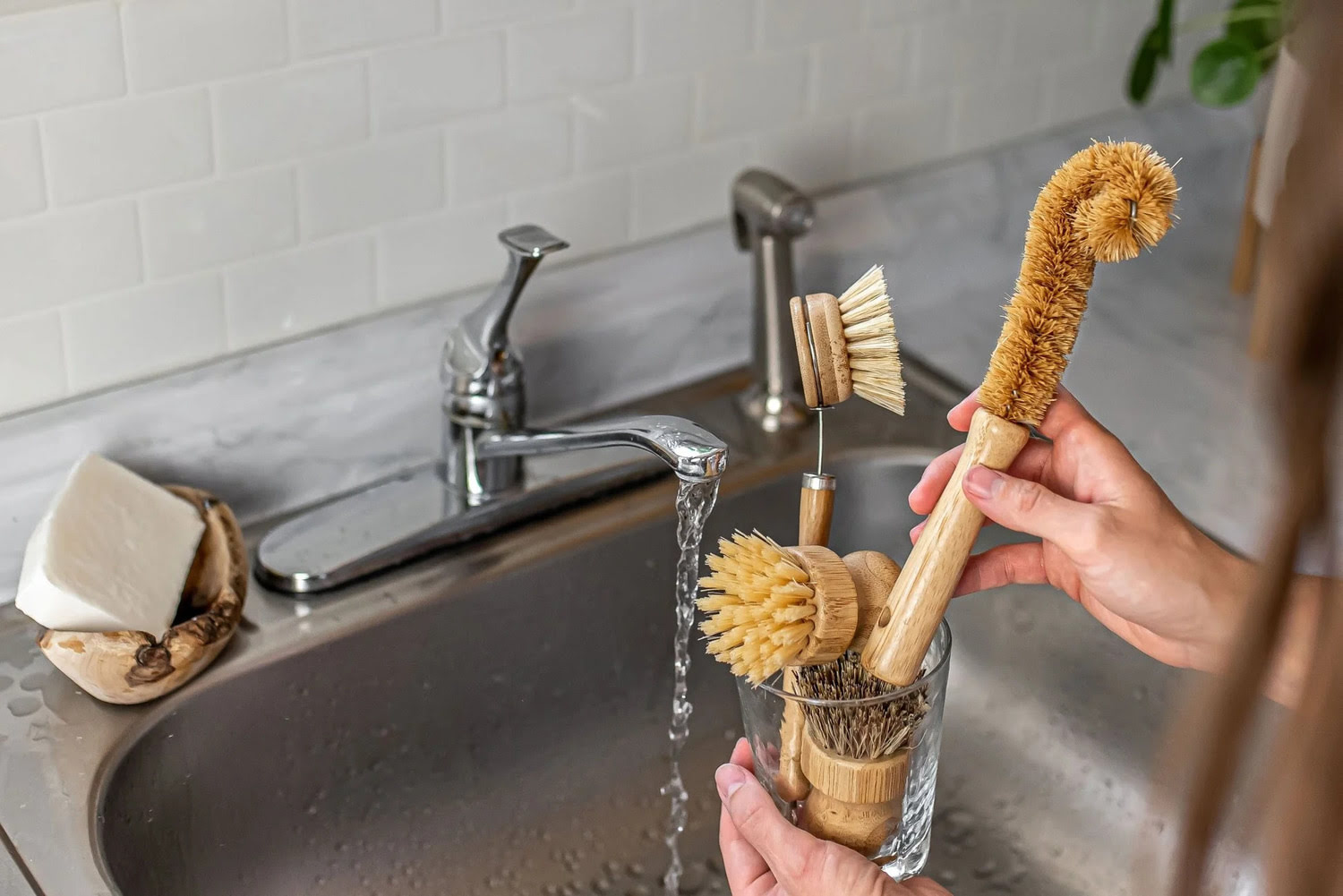
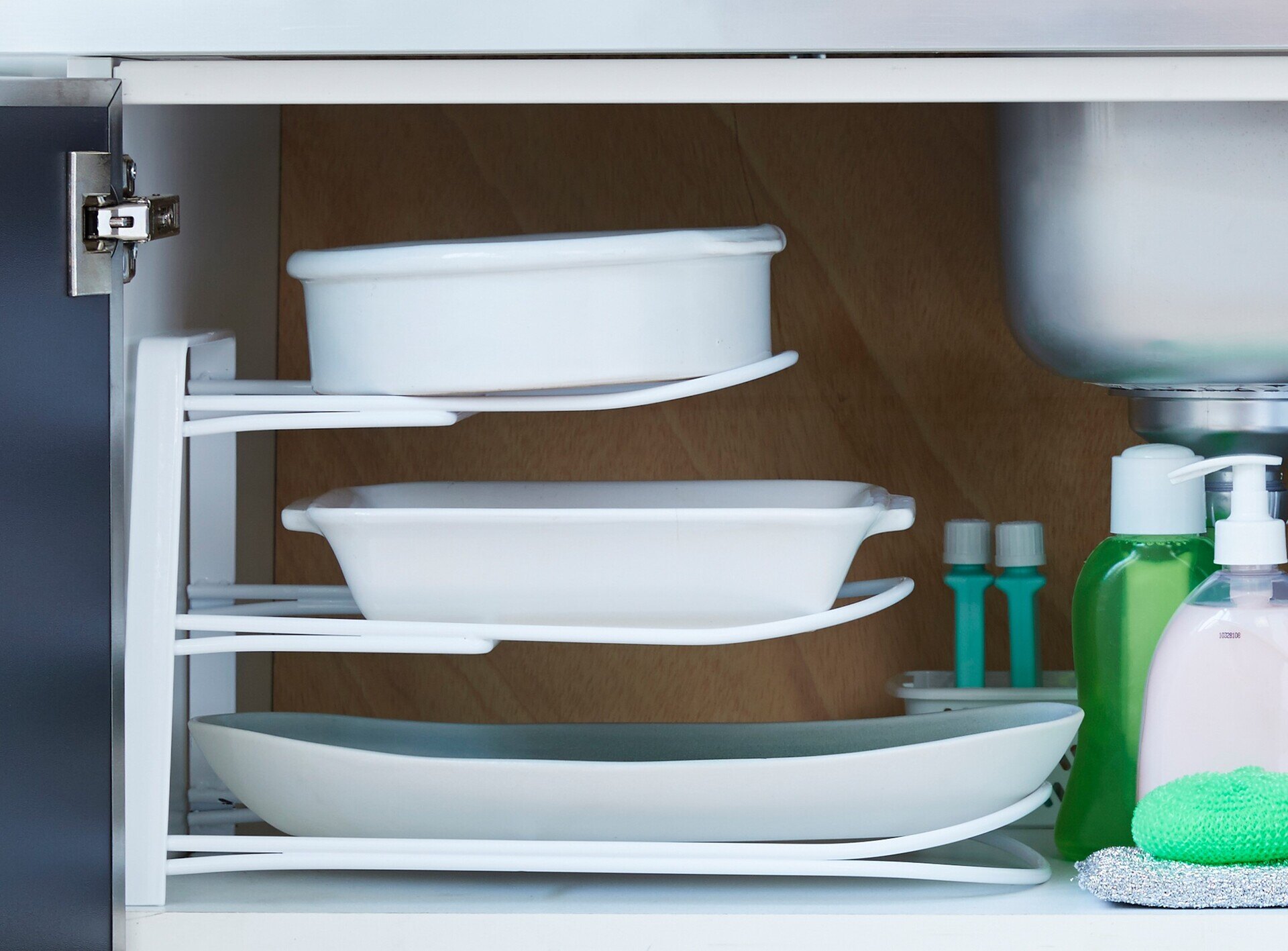
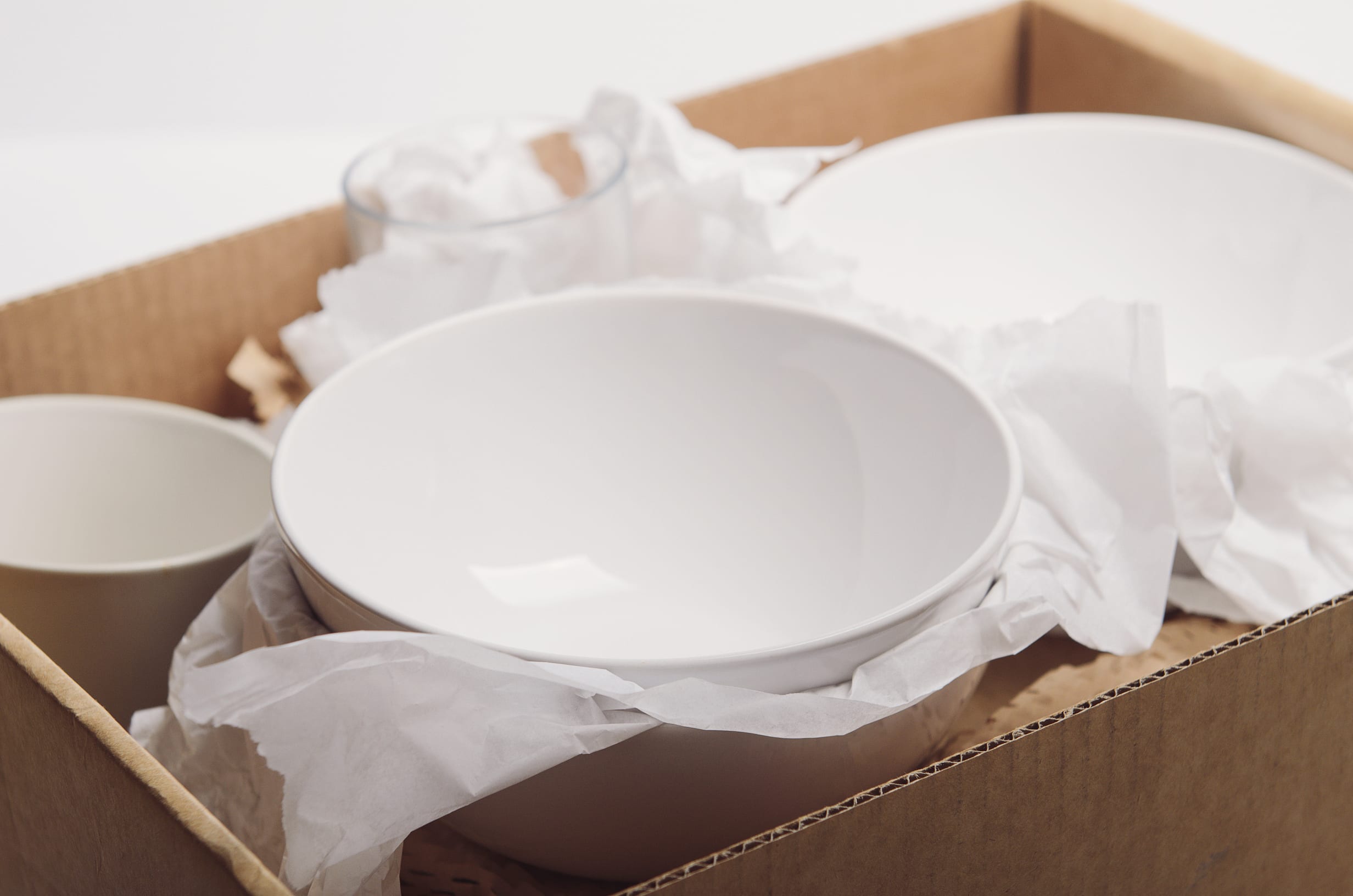
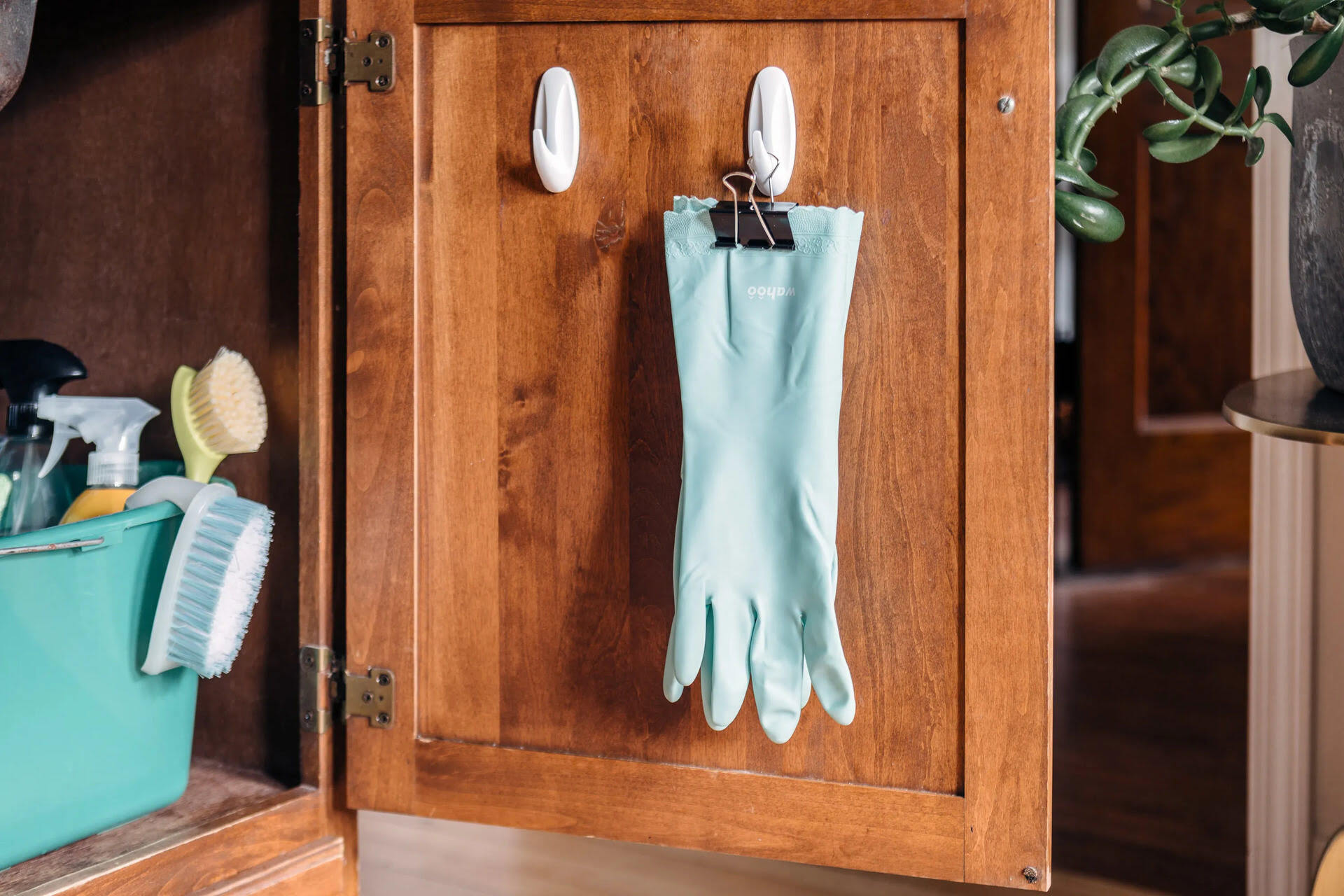
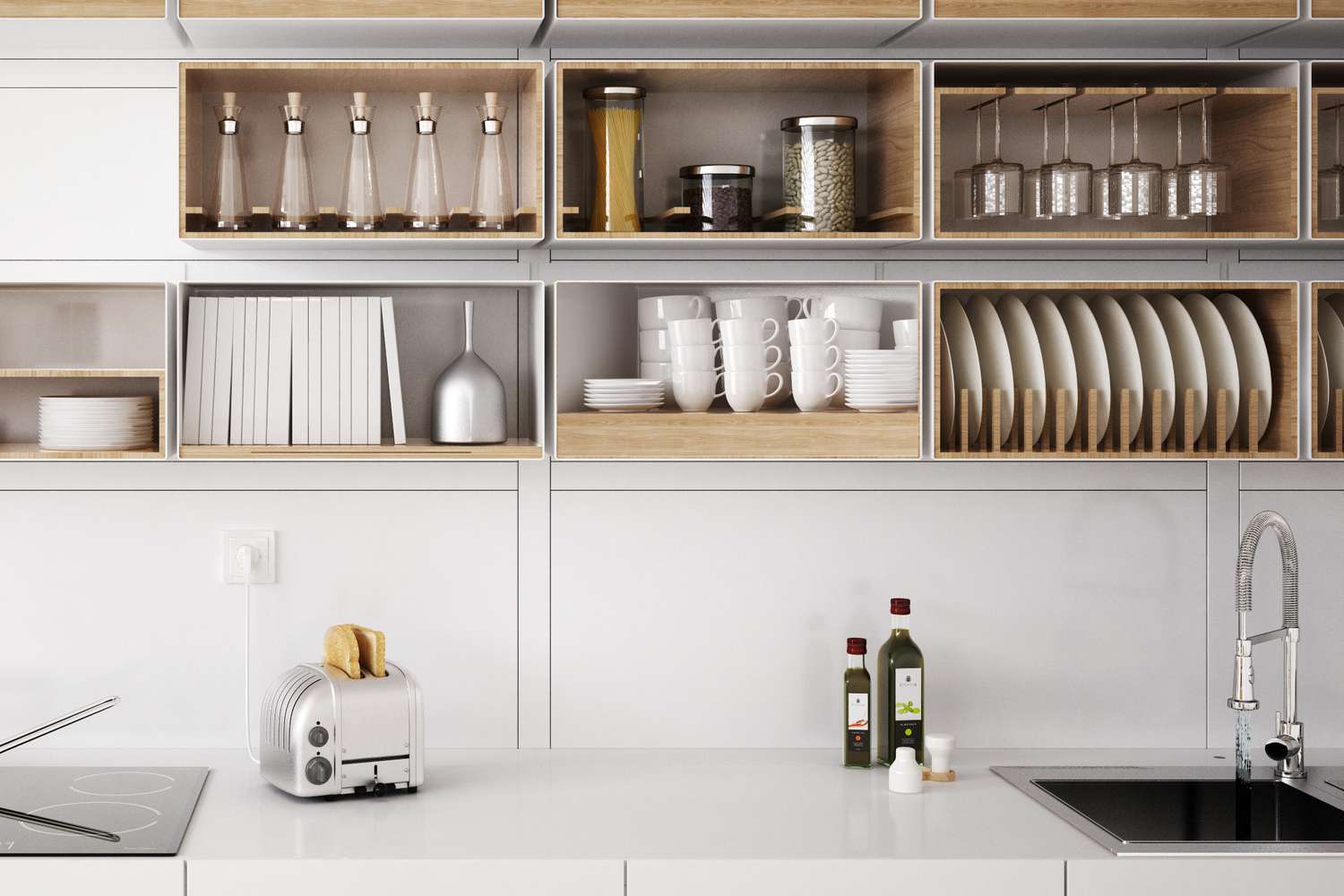
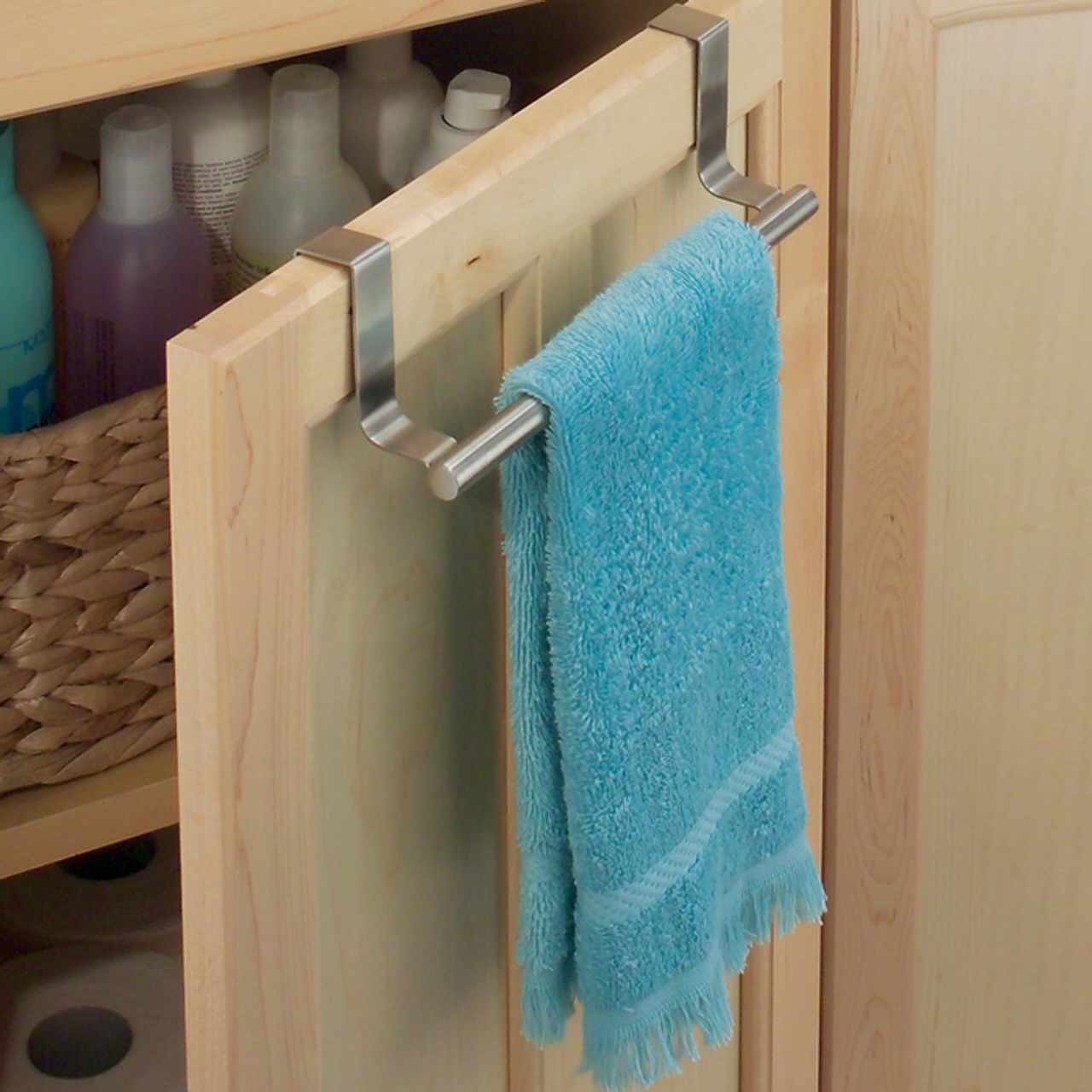
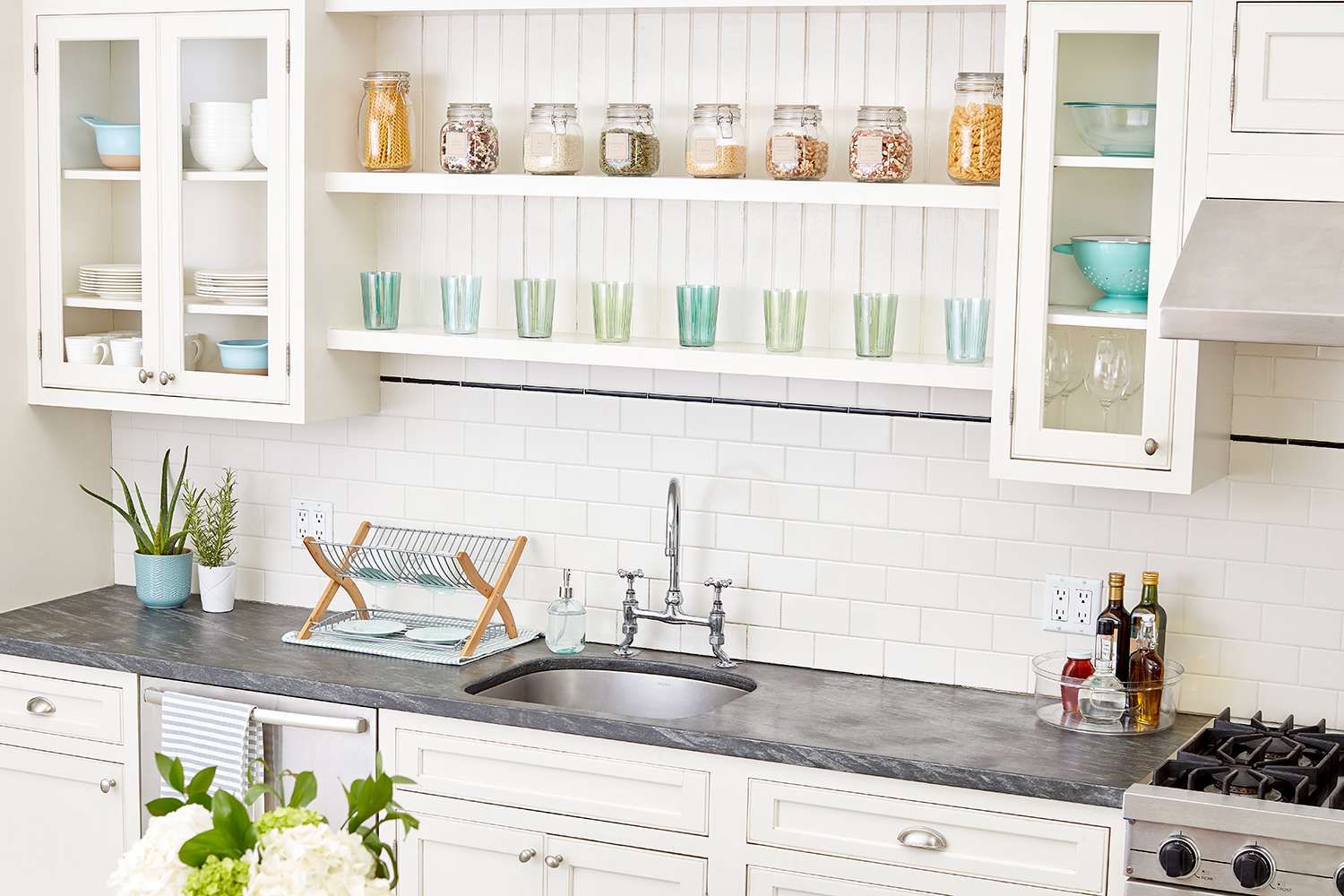
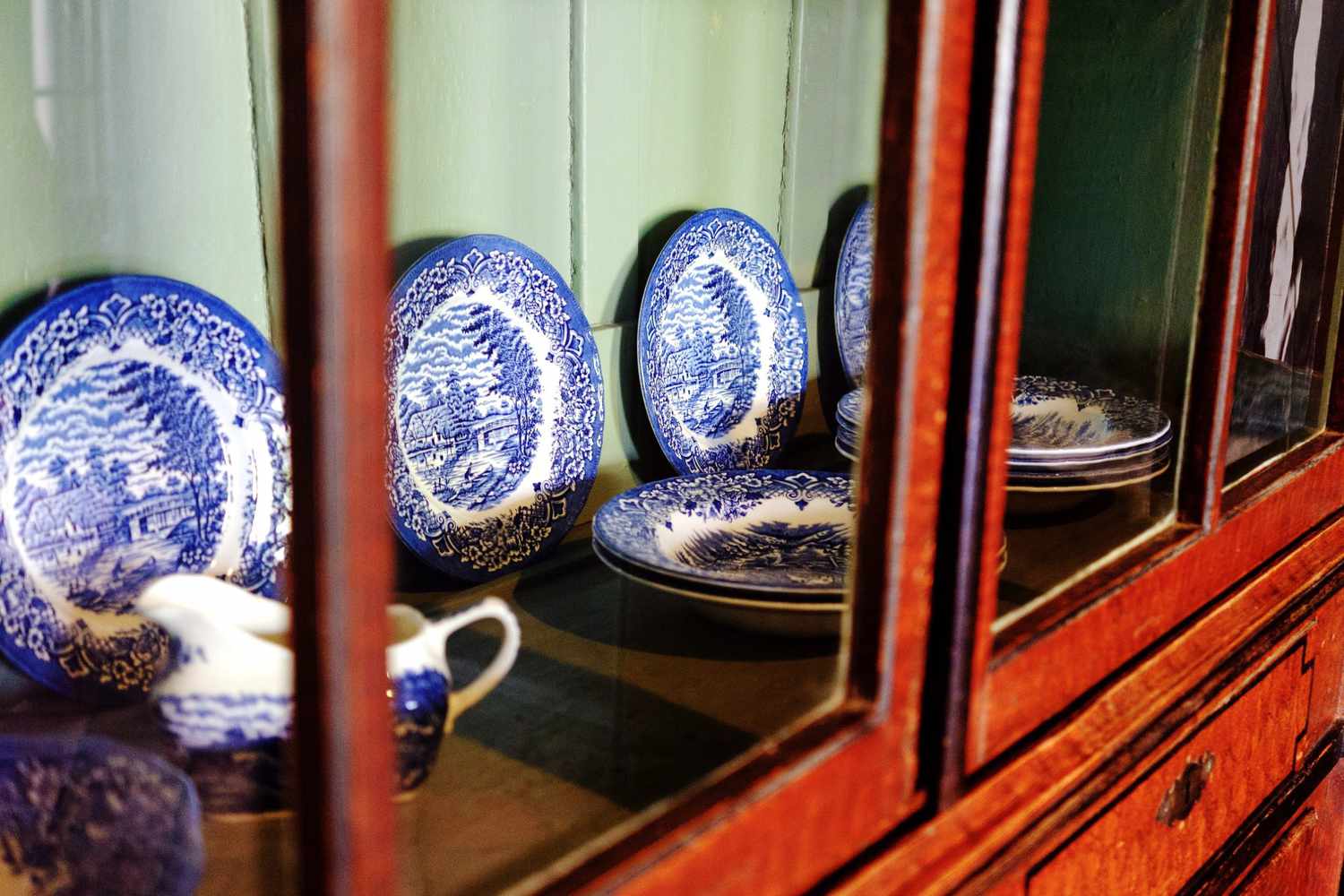

0 thoughts on “How To Store Dishes In Cabinets”